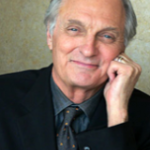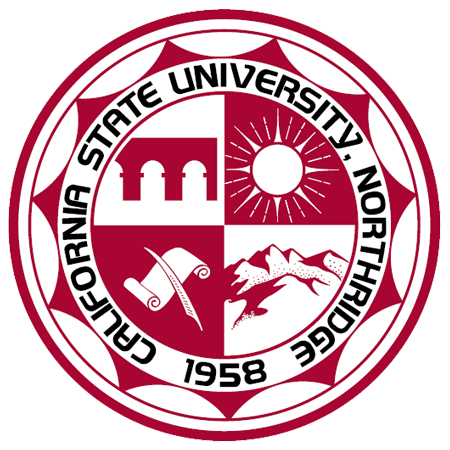Last week I had the chance to see Alan Alda speak at Caltech about communicating science. Why is Hawkeye talking about this subject at all? He was the host of Scientific American Frontiers on PBS for years and now is part of the Alan Alda Center for Communicating Science at Stony Brook University. Although I’ve heard a lot of scientists talk about best practices and tips for communicating science, it was interesting to hear the perspective of an actor, who’s spent his career communicating emotions and a story to audiences. Plus, he’s a lifelong fan of science, so he speaks the language of both scientists and the rest of the world.
Alda’s point was that the American public doesn’t have the scientific literacy that one might want them to have, so its kind of like the public is on a blind date with science. Our hope and our goal as scientists is to have the public move from the blind date to a love affair with science. He described three stages by which love happens:
(1) Attraction: You can’t just tell people why they should be interested in science. They need to have some connection to it. There has to be something which they find attractive. That attraction might come from an interesting story or a personal connection or just something that they think is cool.
(2) Infatuation: This comes from emotion. Strong emotions lead to strong memories. For example, he related a story from a TA who was unsuccessfully teaching experimental design to his class, but was encouraged to establish a personal connection with his class. So the TA related a story about how he and his girlfriend did an experiment together (I won’t relate all the details here), but realized from flaws in their design and planned to do it again the next day. But they never did because she died in a car crash later that day. Students remembered this day in class because they experienced a strong emotion that day too.
(3) Commitment: You can only get to commitment when both people are on the same page with each other. He illustrated this by having an audience member tap out a well-known melody on a table. The woman doing the tapping could hear the melody in her head, so her version of tapping seemed perfect. But without hearing the same melody, most of the audience was hard-pressed to guess the song, even though everybody was familiar with I’ve Been Working on the Railroad. As scientists, we do this all the time. We assume that people are familiar with many of the thoughts and background information in our heads, even though the people we’re talking to have never thought about such things before. When we’re all hearing the same melody, it’s easy to commit the knowledge to memory.
Alda emphasized that there’s no perfect list of tips about how to engage with an audience. It depends on what you want to communicate and who your audience. What I liked most was that Alda focused on strategies, including:
-Be authentic. Don’t try to be something that you’re not.
-Be personable. Tell a joke, or be high energy, but do something to make people see you as a person, rather than a robot.
-Include a personal story. Focus less on the science, and your own personal story (that includes the science).
-Make your goal to turn a novice into an expert. Don’t just give them the information. You want them to leave able to explain what you’ve told them to somebody else the next day.
-Make a connection with your audience. Be memorable.
For me, this has taken the form of trying to find what my audience finds the most interesting about what I do, rather than what I find the most interesting. I study the evolution of species interactions on short time scales because it fascinates me. But it’s not what fascinates most other people. BUT, if I start with the fact that I work on carnivorous plants or coral reefs, it makes people attracted to science much more readily, and once I have them hooked, I can then start to work in the ideas that I think are important.So think about these things the next time you’re communicating science, whether it’s to other scientists, or students in a class, family members at dinner, or just hanging out with your friends.


